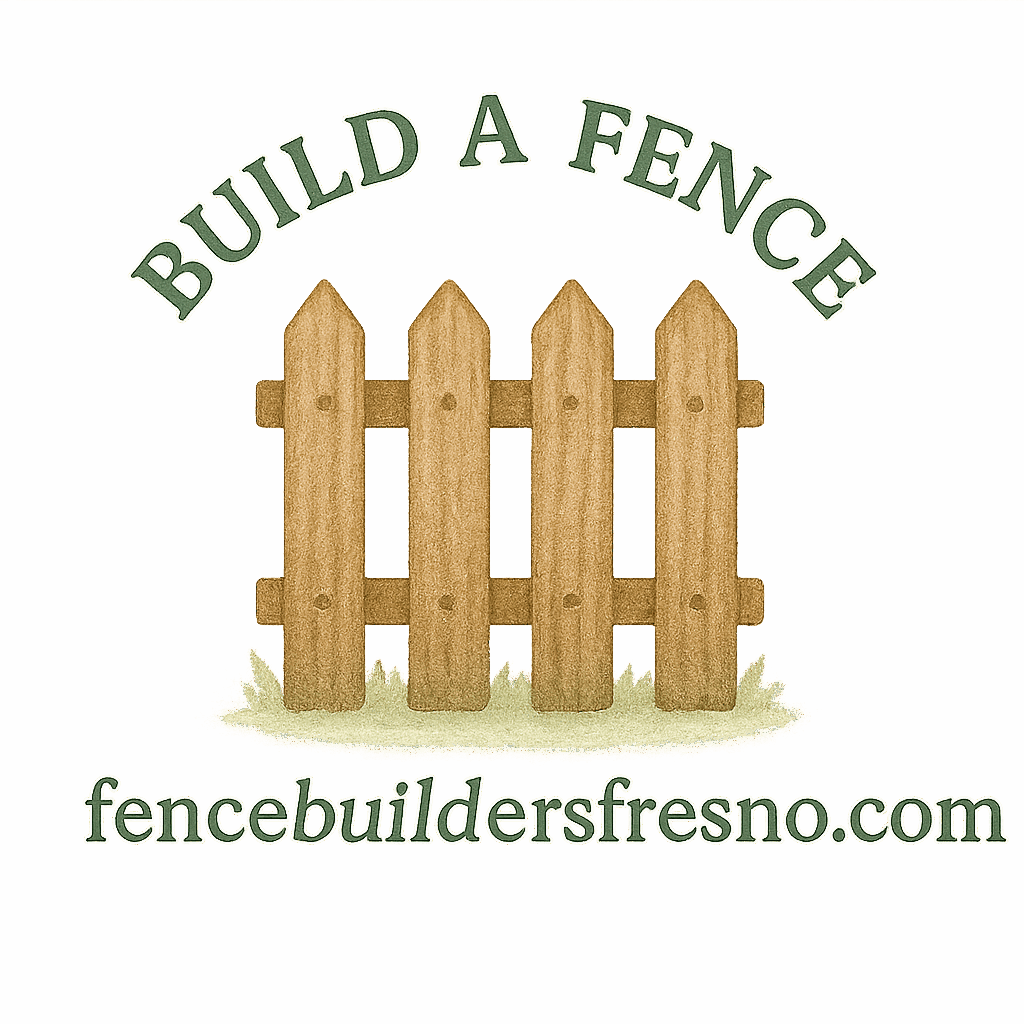Introduction: Why Fence Care Matters After DIY Projects
So, you’ve just wrapped up your DIY fencing project. The posts are straight, the panels are aligned, and your yard finally feels secure. But here’s the catch—installing a fence is only the beginning. Without proper fence maintenance (Fence Maintenance & Repair), even the most carefully planned fence can deteriorate quickly.
Think of your fence like a car. Would you skip oil changes after buying a brand-new vehicle? Probably not. The same logic applies here—regular upkeep ensures your fence stays strong and attractive for years. Let’s walk through the five biggest mistakes homeowners make after finishing their DIY fence installation.
Mistake #1: Ignoring Regular Fence Maintenance
The False Assumption of “Set It and Forget It”
Many homeowners assume their fence will take care of itself after installation. But every material—whether wood, vinyl, or metal fencing (Fence Types Comparisons)—needs ongoing attention.
How Neglect Impacts Fence Longevity
Skipping small maintenance tasks like cleaning or checking stability can snowball into major repairs. Dirt, moisture, and shifting soil all shorten a fence’s lifespan.
Wood Fence Example
A wood fence (Wood Fence Care) left untreated will absorb water, warp, and eventually crack.
Vinyl Fence Example
Vinyl fencing (Vinyl Fence Guide) may resist rot, but UV exposure can make it brittle if ignored.

Mistake #2: Using the Wrong Cleaning Methods
Pressure Washing Damage
Blasting your fence with a pressure washer may seem efficient, but it often does more harm than good. High pressure strips finishes, chips wood fibers, and cracks vinyl.
Harsh Chemicals vs. Gentle Cleaners
Bleach and corrosive cleaners might remove mold but also weaken materials. Safer alternatives include mild soap, vinegar solutions, or specialized fence cleaning products (Fence Building Basics).
Safe Cleaning Tips for Wood
- Use wood-friendly cleaners.
- Scrub with a soft brush.
- Rinse gently with a garden hose.
Safe Cleaning Tips for Vinyl and Metal
- Mix soap with warm water.
- Add vinegar for mildew spots.
- Skip abrasive pads to avoid scratches.
Mistake #3: Overlooking Fence Repairs
Loose Posts and Boards
When a fence post wobbles, the entire structure weakens. Addressing instability early avoids costly replacements.
Rust, Rot, and Other Small Issues
A single rusty nail or rotten board spreads fast. For durable fencing solutions (Durable Fencing), deal with problems while they’re still small.
Why Early Repairs Save Money
Quick fixes cost a fraction of full replacements. A $20 board repair today could prevent a $2,000 overhaul tomorrow.
Mistake #4: Forgetting About Property Lines and Legal Issues
Encroachment Problems
Nothing strains neighborly relations like building a fence across the wrong line. Property line disputes (Property Lines Guide) often escalate into costly legal battles.
Disputes with Neighbors
From fence height to style disagreements, ignoring legal fencing rules (Legal Property Considerations) can create unnecessary conflict.
How to Stay Legally Safe
- Review your property survey.
- Check local fence regulations (Fence Guide).
- Talk with neighbors before building or repairing.
Mistake #5: Skipping Protective Treatments
Sealants and Stains for Wood
Wood fences should be sealed or stained every 2–3 years. This prevents rot and sun damage.
Coatings for Metal Fences
Metal fences need anti-rust coatings to withstand moisture. Skipping this step shortens their lifespan.
UV Protection for Vinyl
Vinyl fences don’t need staining, but UV sprays help them resist fading and brittleness. If you want low-maintenance fencing options (Low-Maintenance Fencing), vinyl or composite may be your best bet.
Pro Tips for Long-Term Fence Care
Seasonal Inspection Checklist
- Spring: Check for frost damage.
- Summer: Remove pollen and mildew.
- Fall: Reseal wood before wet weather.
- Winter: Clear snow buildup.
Low-Maintenance Fence Options
If constant upkeep isn’t your style, explore decorative and functional fences (Decorative Fence Ideas) like vinyl, composite, or aluminum.
Conclusion: Build Smart, Maintain Smarter
Finishing your DIY fence project feels amazing—but the real win is keeping it strong and beautiful for decades. By avoiding these five mistakes—skipping maintenance, cleaning incorrectly, ignoring repairs, overlooking property laws, and forgetting protective treatments—you save money, prevent stress, and protect your property. A fence isn’t just a boundary—it’s a home investment (Home Fencing) that deserves proper care.
FAQs
How often should I inspect my DIY fence?
At least twice yearly—once in spring, once in fall.
What’s the best way to protect a wood fence from rot?
Seal or stain it regularly using products designed for wood fence care (Wood Fence Care Tips).
Can pressure washing damage my fence?
Yes—too much pressure strips finishes and weakens materials.
Do vinyl fences need sealing?
No, but applying UV protectant extends their life.
How do I handle a fence dispute with my neighbor?
Start with a friendly conversation. If unresolved, check legal fence resources (Legal Dispute & Fencing).
Is DIY fence care cheaper than professional maintenance?
Yes—if you stay consistent. Skipping care usually leads to more expensive fixes.
What’s the most low-maintenance fence type?
Vinyl or composite fences are the easiest to maintain compared to wood or chain link.


